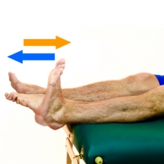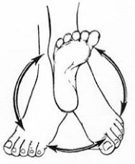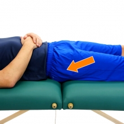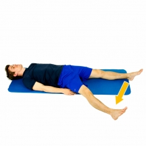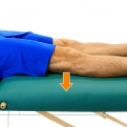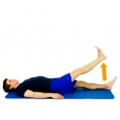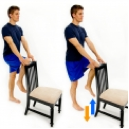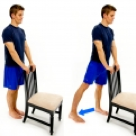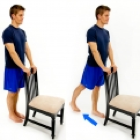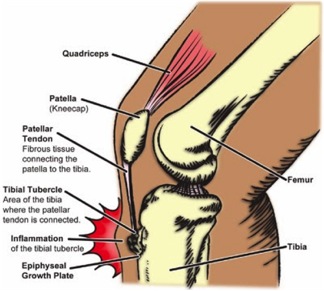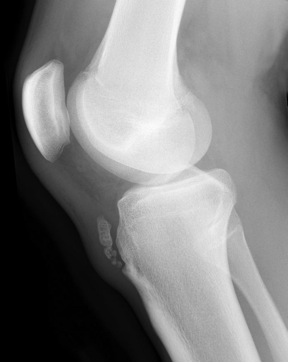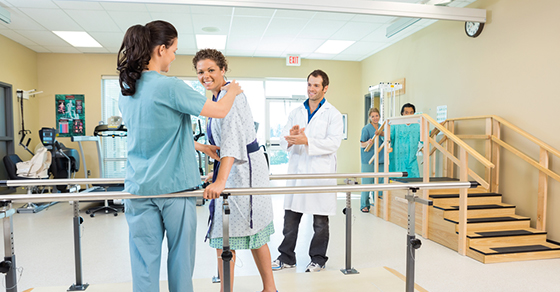Endometriosis Physiotherapy
Endometriosis is the abnormal growth of cells (endometrial cells) similar to those that form the inside of the uterus, but in a location outside of the uterus. Endometriosis Physiotherapy: fortunately there is something that you can do about this!
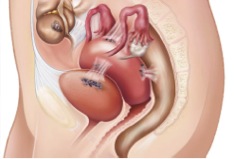
Cause of Endometriosis
The cause of endometriosis is unknown. One theory is that the endometrial tissue is deposited in unusual locations by the retrograde flow of menstrual debris through the Fallopian tubes into the pelvic and abdominal cavities. The cause of this retrograde menstruation is not clearly understood. These lesions are most commonly found on the ovaries, the Fallopian tubes, the surface of the uterus, the bowel, and on the membrane lining of the pelvic cavity (i.e. the peritoneum).
It is also likely the direct transfer of endometrial tissues at the time of surgery may be responsible for the endometriosis implants occasionally found in surgical scars (for example, episiotomy or Cesarean section scars).
Finally, there is evidence that some women with endometriosis have an altered immune response. They are less commonly found to involve the vagina, cervix, and bladder.
Signs and symptoms of Endometriosis Physiotherapy
Some women experience mild symptoms, but others can have moderate to severe symptoms. Pelvic pain is the most common symptom of endometriosis. You may also have the following symptoms:
• painful periods
• pain in the lower abdomen before and during menstruation
• cramps one or two weeks around menstruation
• heavy menstrual bleeding or bleeding between periods
• infertility
• pain following sexual intercourse
• discomfort with bowel movements
• lower back pain that may occur at any time during your menstrual cycle
• bloating and distention
Endometriosis Physiotherapy Treatments
A Pelvic health Physiotherapist will evaluate the alignment, musculature, fascial systems, and movement patterns in the pelvis and body for issues that activate your pain and decrease your quality of life.
They develop a treatment programme according to your specific needs. Registered Physiotherapists can help to manage the symptoms of endometriosis such as painful menstrual cramping, abdominal discomfort, pelvic floor pain, and painful intercourse by:
• treating connective tissue dysfunction
• treating myofascial trigger points
• “Visceral manipulation therapy” mobilizing viscera (gentle manual therapy techniques aimed at releasing adhesions and restoring the proper mobility of the internal organs, such as the uterus, bladder, colon and small intestine)
• correcting postural and movement dysfunction (often when we are in pain not only does it change our muscle tone but it causes us to move and posture ourselves differently than we typically would.
• providing patients, the correct postural techniques.
Registered Massage Therapy may also be beneficial in the treatment of Endometriosis, especially if you are suffering from Low Back Pain. If you are interested in booking a massage, give us a call today!
Check out this link to the Mayo Clinic for a bit more information .
At PhysioNow, we have specially trained Pelvic Health Physiotherapists standing by to help Now! Call today to get started on your recovery from Endometriosis!

